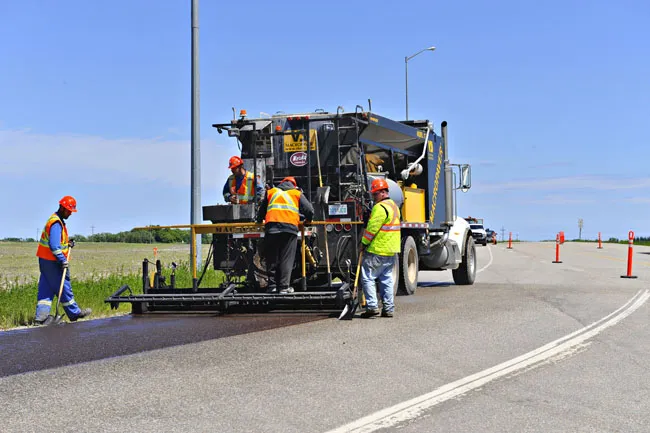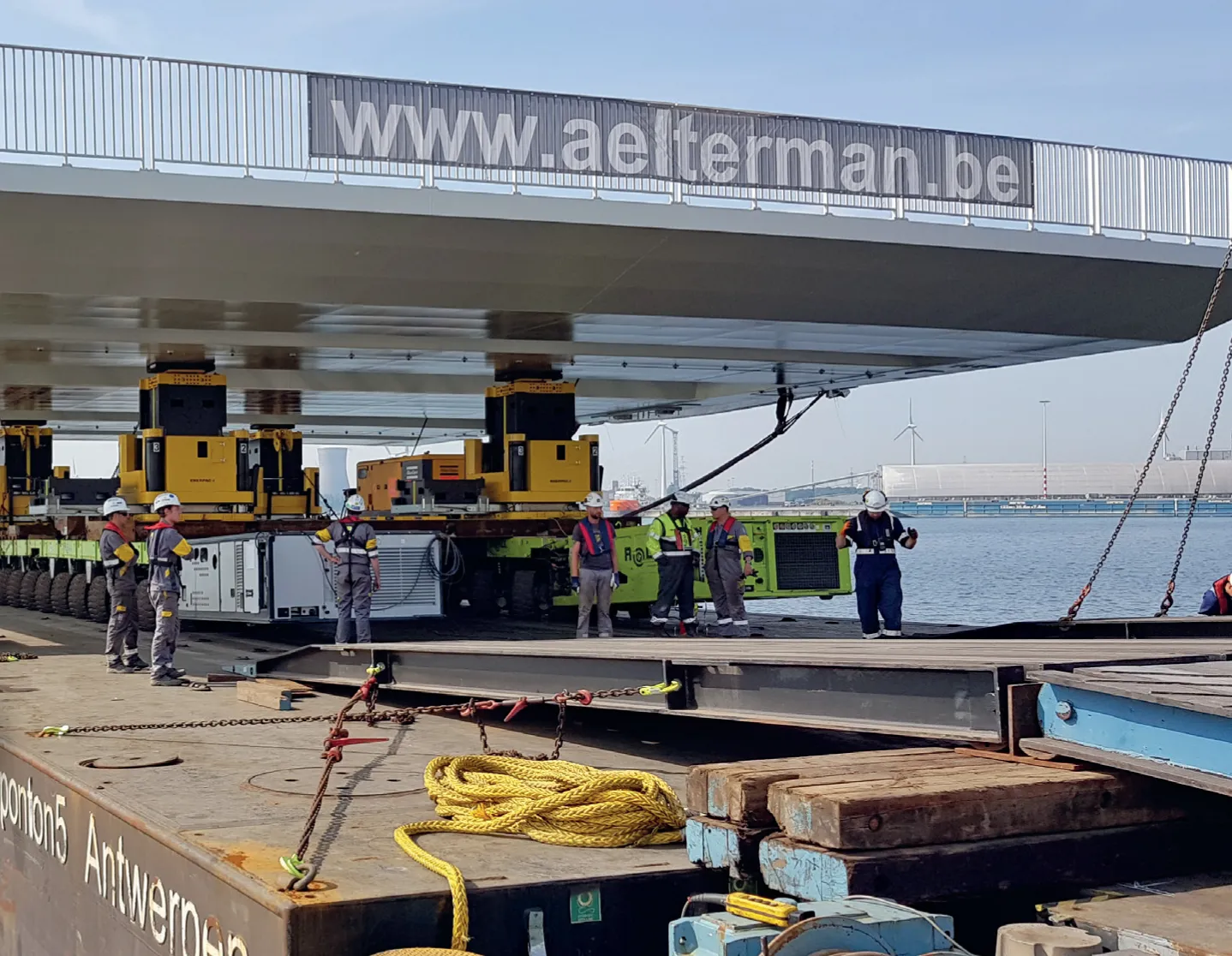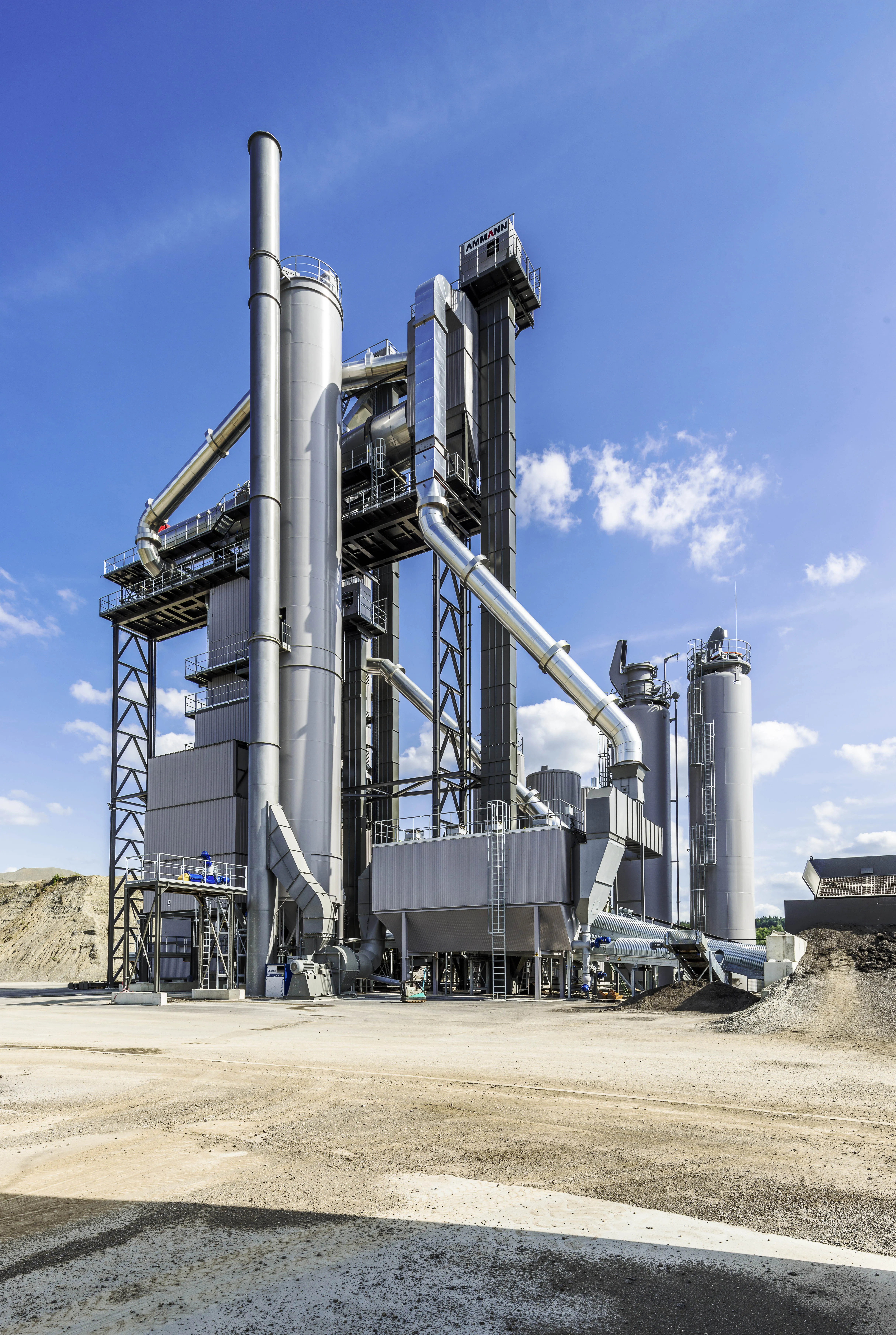
When RoadResouce.org went live – quietly - in July it was the end of two years of hard work by three major US associations for pavement preservation.
But there was no grand party or ceremonial pushing of the “go live” button, says Doug Hogue, vice president and general manager of
“For all of us in the industry July is a busy period that left little time to celebrate on the opening day,” says the 51-year-old chartered mechanical engineer and graduate from California Polytechnic State University.
Despite the launch event flying under the radar, the website is nonetheless an important resource for road owners and agencies. It aims to educate on the proper use of road surfacing, from slurry to microsurfacing, explains Hogue, who is also vice president of
Along with members from the Asphalt Emulsion Manufacturers Association (AEMA) and the Asphalt Recycling and Reclaiming Association (ARRA), he was heavily involved in the website’s development. They worked closely, despite some initial concerns about data and client sharing, to put the one-stop shop together.
The project’s nascence was in 2016. AEMA was completing a marketing study to find ways to double the use of asphalt emulsions. But importantly, the marketing study found that there really was no place to go for agencies to find out about emulsion-based treatments or – importantly – to compare them.
Other agencies, sometimes only a few kilometres down the road, were all at sea because of a lack of in-house engineering knowledge. So the question was, says Hogue, where would these agencies go to know when to use a low-cost fog seal - a diluted slow-setting asphalt emulsion applied to the surface of an older oxidised pavement surface – versus microsurfacing. Or when to use a scrub seal versus full-blown recycling.
“An agency had to go to ISSA to learn about microsurfacing, maybe over to AEMA to learn about fog sealing and finally to ARRA to learn about recycling. Maybe, or maybe not, an agency would know about these sites,” he says. “While on some sites some of the information was behind log-ins and some was presented simply as papers at annual meetings or workshops and not even on the website. So a need was recognised for agencies to have one place to learn about processes and compare them.”
PPRA as a platform
But AEMA realised that creating such a website was too big for one association. They came to the table through the PPRA and asked ISSA and ARRA if they would join in a project. Budgets were put together, each association had committees of like-minded people and an outside website creator was approached.
Even so, says Hogue, there was concern among some people that opening up data and comparing methods would reduce the use of one method in favour of another one, or several others. In other words, the advice had to be impartial and empirically-based and not be a commercial activity that pushed one method of preservation over another.
“This concern was understandable,” says Hogue. “Our associations are made up of suppliers, contractors and equipment manufacturers. Everyone brings a different interest to the table. Some have a more regional view and some have a more global view with differing opinions. But the discussion easily gravitated toward the need to work together.”
There was a soft launch only for members of the three associations in February and then it went live in late July for anyone to use. “All the associations hope it will be used internationally and the units are English and metric. But right now, the website’s currency is only US and Canadian dollars. The majority of our membership is US and Canadian so that is from where we have sound cost data.”
The Toolbox hopefully will get the ball rolling for both contractor and agency to have a better relationship based on a more in-depth upfront analysis of the best processes to get the most life out of a road. If a process fails, agencies have been known to shy away from them right out of hand for up to a decade.
Using RoadSurface.org can also allay an agency’s fear about the contractor not being upfront with them about which process to use. It’s an open book discussion about processes that can boost trust in the private sector. This is particularly true when using the site’s life cycle cost calculator that considers what would happen with different interventions to extend the life of a road.
“The cost calculator takes a much longer term view than saying to the agency let’s spend the money you have available on this process this year and worry about next year when it comes,” says Hogue. “We know some of this goes on…but the associations are saying we need to increase use of the processes, but correctly for agency and contractor benefit. That is what RoadResource is about.”
It is hoped that RoadResource.org will also promote innovation by contractor and agency, says Hogue, who has been with VSS Macropaver for nearly 26 years. “My main interest has always been machines but along the way I’ve had to learn a lot about the chemistry of asphalt. In our processes chemistry is very important to the function of the machines.”
Innovation
Typically, a road that has large cracks and potholes would not be a candidate for slurry or microsurfacing which is a wearing course. “But our sister company, VSS International, the largest US west coast contractor, has done some innovative thinking over the past decade. This included filling depressions, cracks and potholes with slurry and then using overlay with an asphalt rubber chip. This acts as a stress-absorbing interlayer because of the flexible asphalt rubber.
“Then they would come on top of that with microsurfacing. Those two would typically be called a cape seal [a chip seal covered with a slurry or microsurface]. When microsurfacing is on top of a chip, you fill all the voids between the chips and it really looks like a newly paved road. So, you’ve levelled it by filling the voids, you’ve addressed the cracking issue through the flexible layer of chip seal. There has been years of extended life to a road that would have been at the end of its life.”
It’s way too early for any constructive user feedback. But some comments on social media have users noting “light-bulb moments” concerning different rehabilitation processes, he says. There has already been some discussion about translating the site into other languages but that will depend on its success.
“We in the industry feel the website remains a work in progress. We like the product but we can even now see areas for improvement. Commenting can be done through the PPRA’s Twitter and Facebook pages. Social media at this point is the comment forum.”
The focus now is getting the site known among agencies by publicising it, starting this autumn, including targeted email shots to more than 9,000 people at road agencies.









